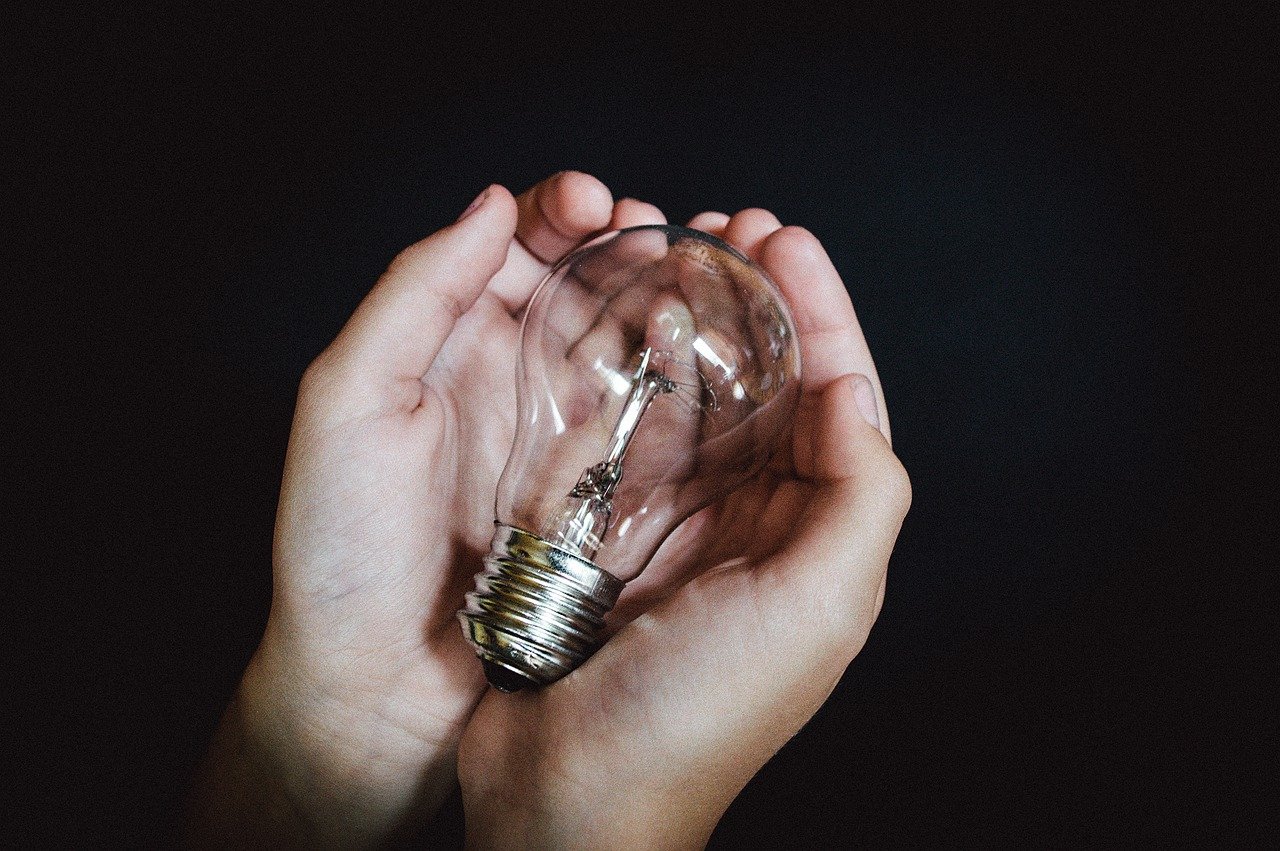When should you protect an invention?


This is translated from an article in French by Stéphane Roux, a European Patent Attorney at Novagraaf Switzerland. Please click here to read the article in its original form.
The development of a new product or a new process is rarely easy. From the challenges and concerns raised during R&D to the difficulty of finding suppliers and convincing investors, there are many obstacles that need to be overcome.
Bringing innovation into being can be more like navigating a raging torrent, than journeying along a calm and relaxing river. But, somewhere in the midst of this journey, creators and inventors also need to find time to protect their inventions with patents. This is an important step when it comes to safeguarding innovation, keeping competitors at bay and reassuring investors.
When should you file a patent?
To answer this, we must first consider the two conditions of patentability; in other words, the legal requirements that will be examined by patent offices when deciding whether or not to grant a patent on an invention. These two conditions are: novelty and sufficiency of disclosure.
- Novelty
The condition of novelty requires that the invention claimed in the patent be new, which is to say never disclosed to a third party without the obligation of confidentiality. This means a patent does not necessarily have to be filed immediately to protect an invention that can be developed in-house and in secret.
Conversely, as soon as technical details need to be disclosed – for example to a supplier, subcontractor, customer or even to the public to test their interest – it is essential to decide whether to file a patent, as any patent application has to be made before this disclosure.
- Sufficiency of disclosure
It is tempting to want to protect an invention as soon as possible; for example, as soon as the concept of the invention has been formulated and even before any technical realisation. However, it’s important to first take into account the requirement for sufficiency of disclosure. This stipulates that an invention must be disclosed in the patent application sufficiently enough that a person skilled in the art can reproduce it.
A patent application must contain sufficient technical details, therefore, so that a person skilled in the art can reproduce the claimed invention, without the need for extensive research. Accordingly, a patent application presenting an invention conceptually, without technical details, could be refused by a patent office on this basis.
In addition, it is generally difficult, if not impossible, to amend a patent application after filing to introduce a technical development that had not been envisaged when the patent application was drafted. Therefore, the right time to protect one's invention is generally the moment when the invention is sufficiently "frozen" in its technical details and when only secondary details could still vary, without changing the inventive concept.
In a nutshell
Filing a patent application for the protection of an invention should be considered once its essential technical elements are well identified and unlikely to change, but before any disclosure to the public or to third parties. This moment is not always easy to identify and the experts at Novagraaf are at your disposal to discuss the best way to protect your inventions.
If you have any questions about the patent process, please do not hesitate to contact your Novagraaf attorney or get in touch below.
This is translated from an article in French by Stéphane Roux, a European Patent Attorney at Novagraaf Switzerland. Please click here to read the article in its original form.